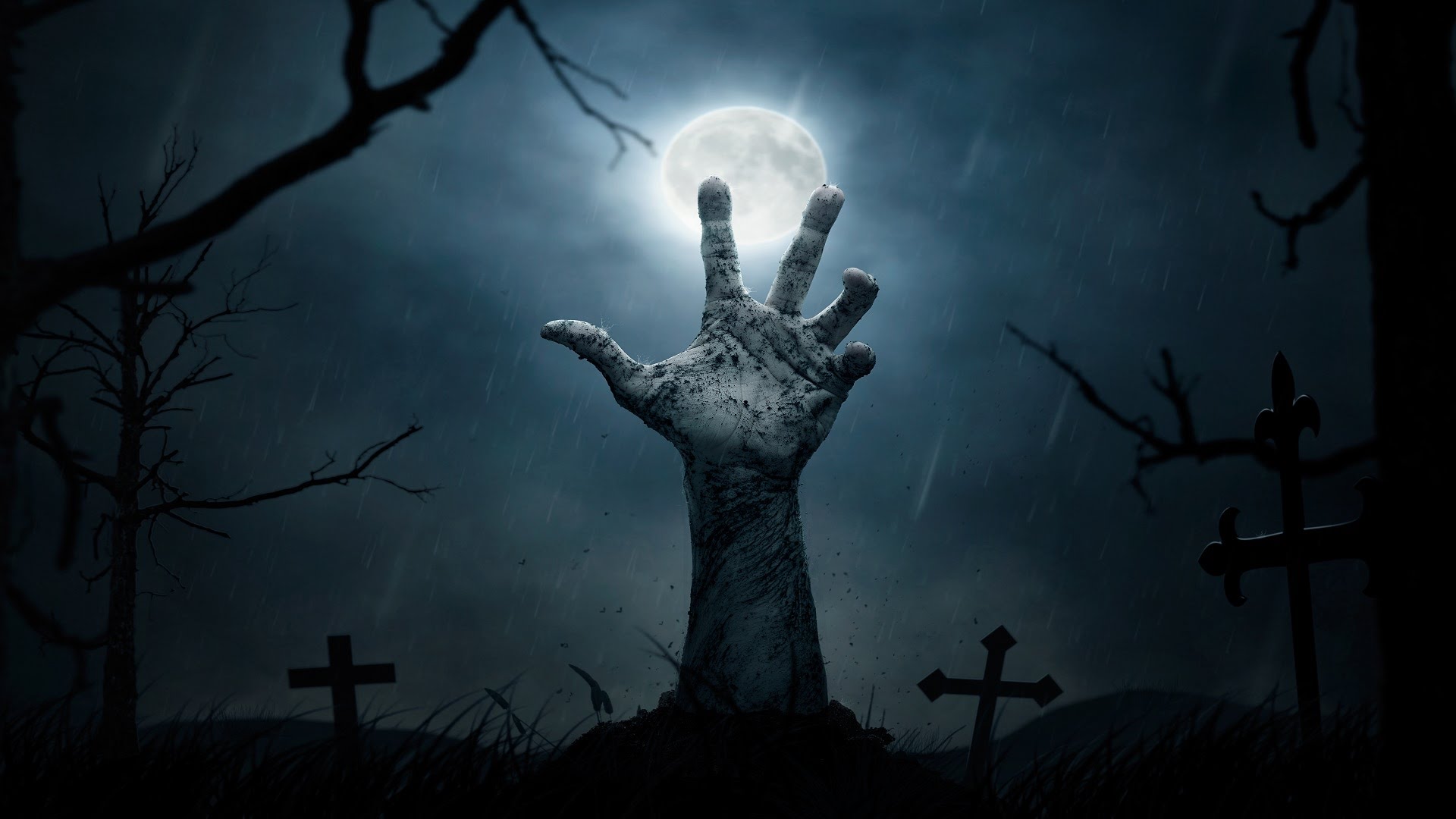THE HISTORY OF HALLOWEEN
By Josh Osman
Halloween: known for the fears and frights. A night to watch horror movies with friends, go trick-or-treating or go to costume parties. Nowadays, we see Halloween as a fun, exciting day, but it's fair to say that the festival has lost its original cultural significance and roots over the years and has turned from a spiritual celebration into a commercial ‘fun fest’. However, some elements of the festival have carried through over the years.
Modern Halloween customs are thought to be influenced by the ancient tribes who originated from the area we now know as Ireland: the Celts. They celebrated their ancient festival known as "Samhain", coming from the Old Irish for 'summer's end' (pronounced sow-in) on October 31st, since they celebrated the New Year on November 1st because they believed it marked the end of summer and harvest and the start of the dark cold winter, which they associated with death. On the night of Samhain, the Celtic believed that the ghosts and spirits returned to earth to haunt the people, which they called the 'Aos Si' (meaning 'spirits' or fairies'); they also believed that it made it easier to make predictions about the future.
Common customs and household festivities of the time involved rituals and game that were believed to tell one's future, mostly involving one's future regarding death and marriage. Other activities carried out include leaving offerings of food, drink or crops for the Aos Si; divination rituals, i.e. dream interpretation (assigning meaning to dreams) and scrying (looking into a medium and hoping to detect messages or visions). The people would light special bonfires for the Aos Si to celebrate them; they were thought to come to the houses of the people seeking their hospitality and praise.
As mentioned before, the Aos Si have quite a large impact on the original Samhain traditions because they were so widely feared yet so widely respected at the same time. In a way, they were seen as 'degraded versions of gods' due to the fact that they had their own entire mythology surrounding them and there were so many different types of them: the 'banshees' (supernatural women who announced impeding death by screaming), the 'sheevra' (a type of lesser sprit known for its evil and mischievous feats) and the cat sith (a fairy cat). The Aos Si are sometimes seen as the guardians of their homes, whether they were fairy hills or special trees in a particular wood. They were seen in so many different ways, that they cannot be compared to a single supernatural belief or being portrayed in the modern day. However, some modern supernatural beings are based on the Aos Si, for example, banshees are still seen as supernatural creatures known for screaming.
Over the years, traditions for Halloween have developed greatly, for example, from the 1500s onwards, the festival started to consist of even more festivities, such as 'mummers' (folk plays performed by groups of amateur actors) and 'guising' (when children used to go around their neighbourhoods in costumes and receive food as a gift, commonly fruit or nuts). It can be seen that the more modern Halloween traditions were influenced more by Halloween during the Renaissance period as these two traditions seem very reminiscent of costume parties and trick-or-treating.
Today's Halloween customs are clearly not influenced greatly by the Celtic festival of Samhain, apart from the obvious sharing of the date and inclusion of supernatural beings. So where does our modern Halloween get its influence from apart from traditions during the Renaissance? Well, the modern customs, even down to the name, can be seen as heavily influenced by Christian celebrations and practices derived from them. 'Hallowe'en', literally meaning 'the evening before All Hallows' Day', was the given holiday on the 31st October and the first of four days known as the 'Allhallowtide' by Christianity used to honour saints and the recently perished souls who had not yet reached Heaven. Some of the activities include trick-or-treating (though the religious reasoning was to don masks or costumes to disguise one's identity from a soul who may haunt them), feasts and bonfires; all of which are fairly common today, apart from the feasts, which are not necessarily customary but some may decide to carry them out anyway.
Though our modern festival of frights and fears originates from a Celtic festival celebrating the supernatural, many of our customs are very different and based more on Christianity. Over the years, the customs may have changed but some have remained and some of the themes have remained prominent throughout the years, as the theme of death and fear is still common today as well as the idea of lighting bonfires and divination games. Even in the future, while our customs and activities may change, will the fear of the supernatural always linger to haunt us all?
